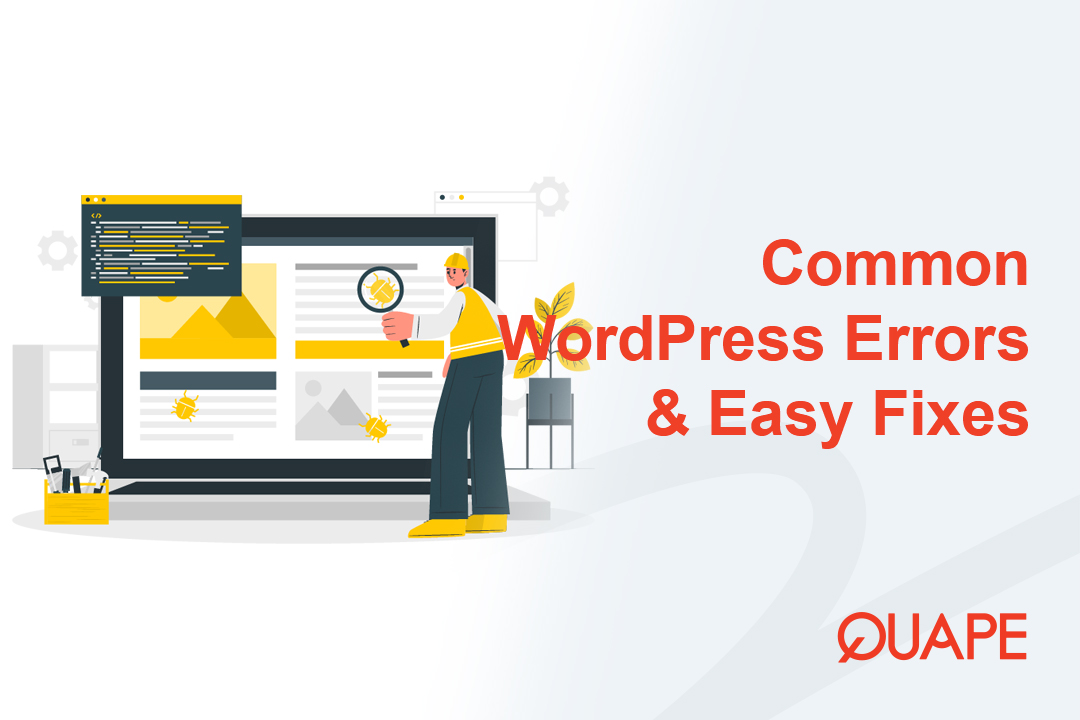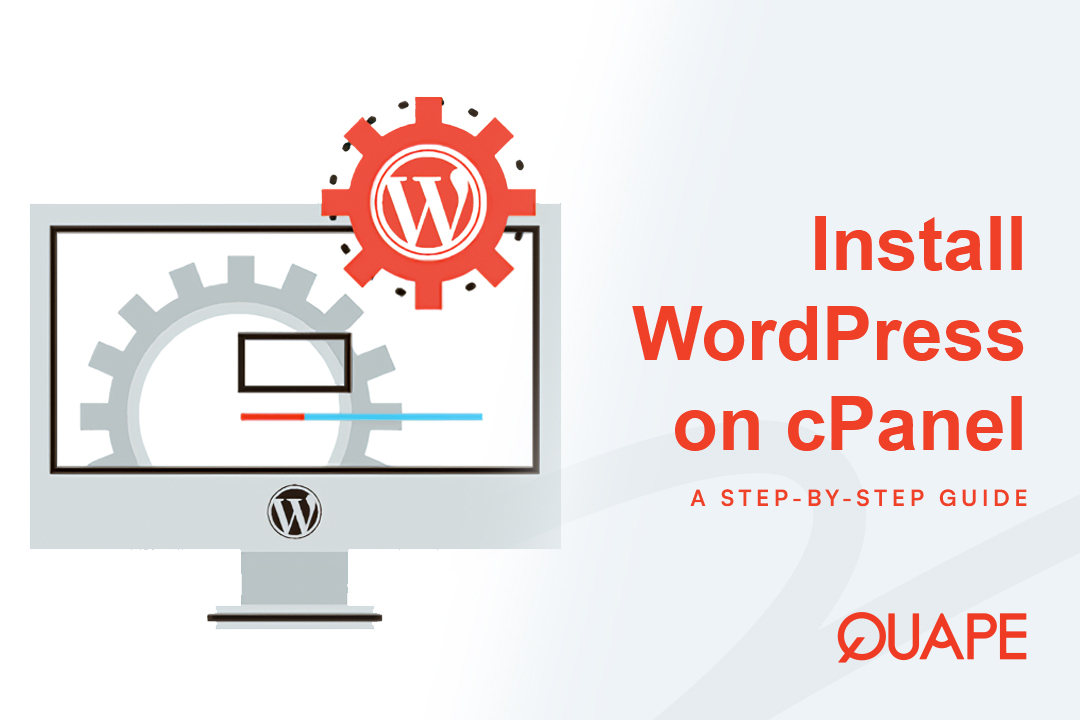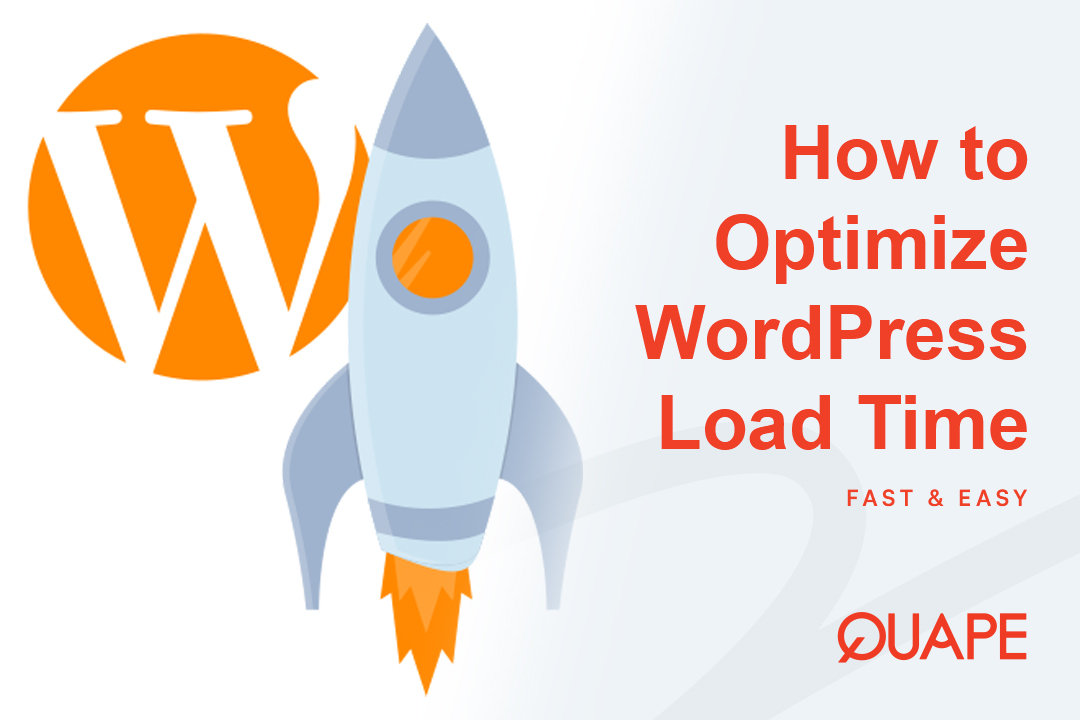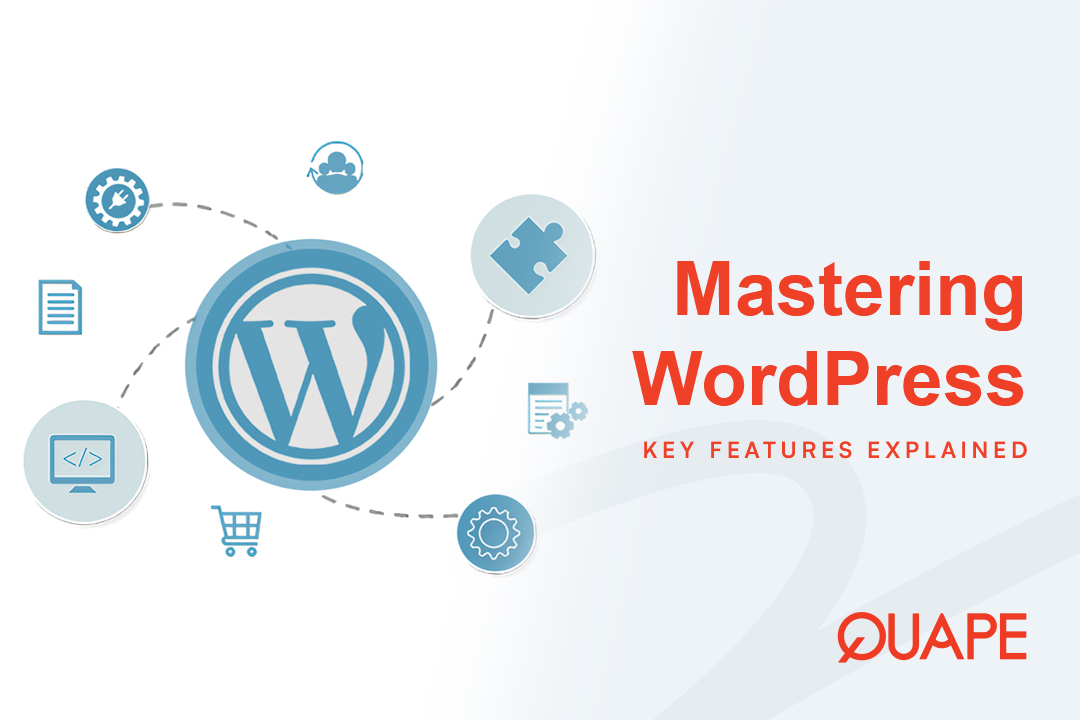Every website experiences a hiccup now and then, and WordPress, despite its robustness, is no exception. Facing a blank screen or a frustrating error message can instantly trigger panic, especially if you’re new to website management.
The good news? The majority of WordPress issues stem from a handful of common causes—usually conflicts with plugins, themes, or exhaustion of your server resources. They are highly fixable, and you don’t need to be a developer to solve them.
This ultimate guide walks you through the five most frequent WordPress errors and provides clear, actionable steps to get your site back online fast.
Table of Contents
ToggleThe 5 Most Frequent WordPress Errors and How to Fix Them
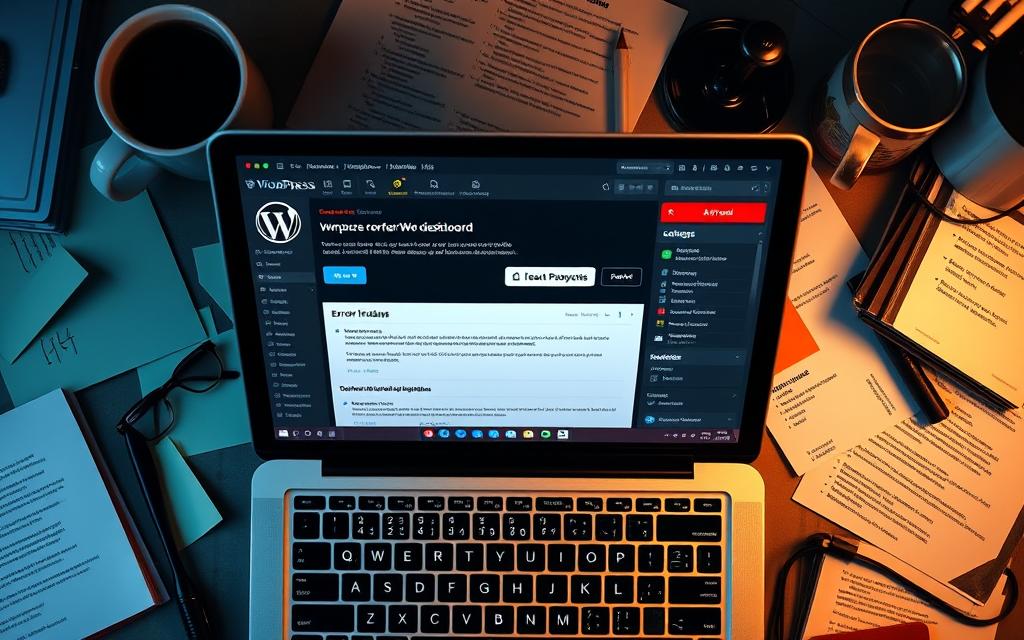
1. Error Establishing a Database Connection
This is one of the most serious errors because it means WordPress cannot talk to its database to fetch content, users, or settings.
The Cause
This is typically caused by incorrect database login credentials in the wp-config.php file, a corrupted database, or an issue with the MySQL server on your host.
The Fix: Check Your Credentials (Most Common)
The fix is usually just ensuring the correct database name, username, and password are used:
- Access
wp-config.php: Use an FTP client (like FileZilla) or your cPanel’s File Manager to navigate to the root directory of your WordPress installation. - Edit the File: Right-click and edit the
wp-config.phpfile. - Verify Lines: Scrutinize the following four lines, ensuring they match the exact details found in your hosting control panel’s MySQL section:
define('DB_NAME', 'your_database_name'); define('DB_USER', 'your_database_user'); define('DB_PASSWORD', 'your_database_password'); define('DB_HOST', 'localhost'); // Check if your host uses a specific DB host - Save and Reload: Save the file and refresh your site. If the credentials were wrong, your site should immediately return.
2. Internal Server Error (500)
This is a generic and frustrating error because the server is simply stating it encountered an issue but doesn’t specify what it was.
The Cause
The 500 error is most frequently linked to a corrupted .htaccess file, a conflict with a theme/plugin, or reaching your server’s PHP memory limit.
The Fix: Reset the .htaccess File (Easiest)
The most common solution involves temporarily replacing a potentially corrupted .htaccess file:
- Access Your Root Directory: Connect via FTP or cPanel File Manager.
- Locate
.htaccess: Find the.htaccessfile in the root folder. - Rename/Backup: Rename the file to something like
htaccess_old(This effectively deactivates it). - Check the Site: Refresh your site. If the site comes back, the
.htaccessfile was the problem. - Generate a New File: Log in to your WordPress Dashboard (now possible), navigate to Settings > Permalinks, and simply click Save Changes without making any edits. This action automatically generates a fresh, clean
.htaccessfile.
- If the error persists, try increasing your PHP memory limit (as detailed in the WSoD fix) or deactivating all plugins via FTP.
3. The 404 Page Not Found Error
This error is common after a site migration or when a user clicks on an old link, but it’s most problematic when all your internal posts and pages return 404s after clicking them.
The Cause
The issue is almost always caused by a misconfiguration or corruption of your Permalinks structure, which WordPress stores in the .htaccess file.
The Fix: Refresh Your Permalinks
This is an easy dashboard fix:
- Log In: Access your WordPress admin dashboard (e.g.,
yoursite.com/wp-admin). - Navigate: Go to Settings > Permalinks.
- Do Not Change Anything: Simply scroll down and click the Save Changes button.
- Check the Site: WordPress will rewrite and refresh the
.htaccessfile with the correct URL rules. Your links should now work correctly.
- If you cannot access the dashboard due to the 404, perform the
.htaccessreset procedure mentioned in the Internal Server Error fix above.
4. The WordPress White Screen of Death (WSoD)
As covered in-depth previously, the WSoD is the site killer, presenting a blank screen with no information.
The Cause
The vast majority of WSoD cases are caused by plugin conflicts or an exhausted PHP memory limit.
The Fix: Plugin Deactivation via FTP (Quick Summary)
Since you can’t access the dashboard, you must use an FTP client:
- Navigate to the
/wp-content/folder. - Rename the
pluginsfolder toplugins_deactivated. - Refresh your site. If it loads (without plugin functionality), rename the folder back to
pluginsand then activate them one by one via the dashboard until you find the culprit.
5. Syntax Error / Parse Error
This error occurs when you manually add a code snippet (e.g., to your theme’s functions.php file) and miss a character, often a semicolon or bracket.
The Cause
A simple typo or missing character in a PHP file. The error message is helpful and will tell you the exact file and line number where the issue occurred.
The Fix: Edit the File via FTP
- Note the Error: Look carefully at the error message displayed on your site. It will say something like: Parse error: syntax error, unexpected ‘}’ in /public_html/wp-content/themes/mytheme/functions.php on line 24.
- Access the File: Use your FTP client to navigate directly to the specified file (e.g.,
functions.php). - Correct the Line: Go to the line number indicated (e.g., line 24). Correct the syntax error (e.g., adding the missing semicolon
;or closing brace}). - Save and Reload: Save the corrected file and upload it back to the server. Your site should immediately return.
Preventing Future WordPress Errors: Proactive Steps
The best way to deal with common WordPress errors is to prevent them from happening in the first place.
- Always Back Up: Before every update (plugin, theme, or core) or code edit, perform a full site backup. This is your single most important safety net.
- Use a Staging Site: Never test updates or code changes on your live site. Use a staging environment (a copy of your site) to test new plugins and theme updates first.
- Update Wisely: Don’t update everything at once. Update your WordPress Core first, then update plugins one at a time, checking the site after each one.
- Install Quality Plugins: Only use plugins from reputable sources with recent update histories and high ratings.
Experience the Difference of Premium WordPress Hosting
While you can troubleshoot most common WordPress errors yourself, wouldn’t it be better if you didn’t have to?
At Quape, our Managed WordPress Hosting is engineered specifically to prevent these common pitfalls. We offer optimized server environments that minimize PHP memory limits and reduce the likelihood of database connection errors. And if an issue does arise, our 24/7 expert support team is here to instantly diagnose and resolve server-level problems, saving you hours of frustrating manual troubleshooting.
Stop worrying about the White Screen of Death and start focusing on your content. Migrate to Quape today for lightning-fast speeds and peace of mind.
- How to Install WordPress in cPanel Step by Step - October 9, 2025
- How to Optimize WordPress Load Time for Speed - October 8, 2025
- Top WordPress Features You Should Know About - October 8, 2025
